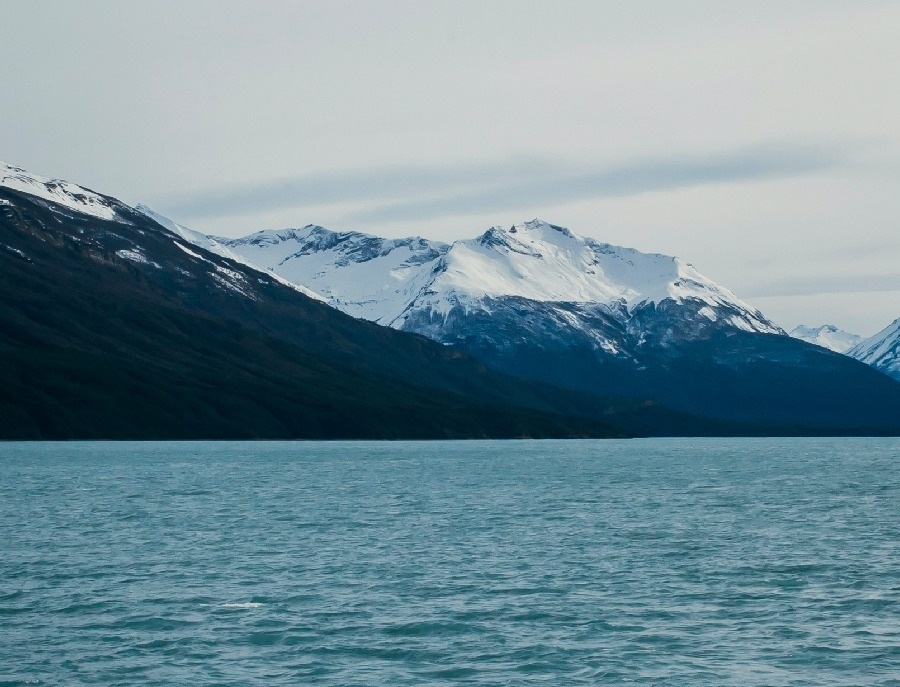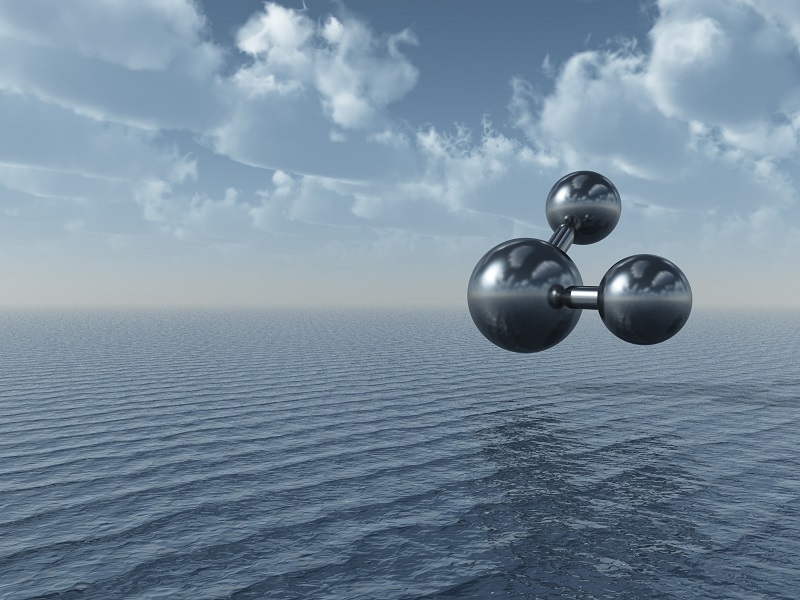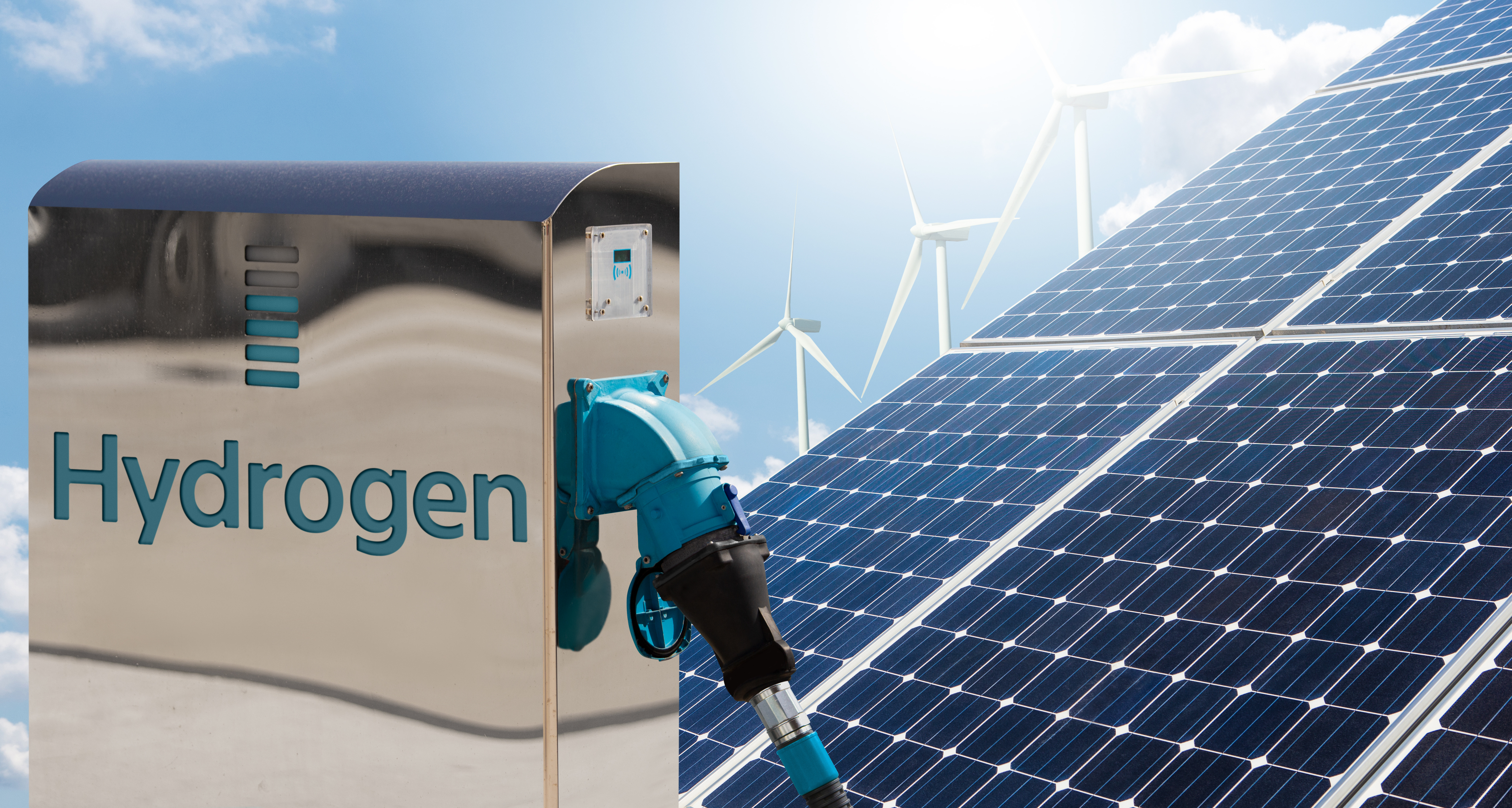
Los océanos capturan más C02 del que se pensaba
Un nuevo estudio elaborado con datos de satélite de la NOAA, la NASA y la ESA ha corregido la información conocida hasta la fecha, la cual solo registraba la captura en las aguas superficiales. Su conclusión: el océano captura cada año una media de 0,9 gigatoneladas más de las que se creía.
Los océanos son considerados los principales sumideros naturales de carbono. En este sentido, adoptan un papel de tapón de los efectos del cambio climático, similar a la captura de carbono producida por los ecosistemas terrestres (como bosques o sabanas). No en vano, se calcula que en torno al 30% de todo el CO 2 que los humanos emitimos a la atmósfera es absorbido por sus capas superficiales del mar. El océano captura (esto es, incorpora) y secuestra (almacena) el carbono procedente de la atmósfera. Y lo hace en distintas formas: como carbono inorgánico disuelto (bicarbonato y carbonato) resultante de la reacción del CO 2 con el agua, como carbono orgánico (biomasa) resultante de la fotosíntesis de microalgas y como carbonato de calcio (CACO 3 ) presente en organismos planctónicos, así como corales y moluscos.


Parte de todo ese carbono se secuestra en las profundidades del océano, donde queda enterrado en las capas más profundas en un proceso que puede tardar cientos o millones de años. Los científicos llevan años elaborando estimaciones sobre la capacidad de los mares para capturar todo ese carbono, el problema es que se tomaban datos no desde la superficie del océano, donde tiene lugar este fenómeno, sino a mayor profundidad, donde la temperatura es menos elevada. Ahora, una nueva investigación elaborada a partir de datos de la ESA, la NASA y la Administración Nacional Atmosférica y Oceánica de Estados Unidos (NOAA), ha concluido que la absorción de carbono es incluso mucho mayor de lo que se esperaba.

Más de 50 años de datos oceánicos
Los científicos que realizaron el estudio, publicado recientemente en la revista Nature Communications, recopilaron datos desde 1957 y 2020 y los corrigieron, teniendo en cuenta las diferencias de las temperaturas superficiales y a pocos metros de profundidad, que obtuvieron con los datos proporcionados por satélites como el ENvisat de la ESA, el AVHRR de la NOAA y la serie MetOp de EUMETSAT, así como el satélite Copernicus Sentinel-3 de la ESA, Una vez corregidas las desviaciones, llegaron a la conclusión de que el flujo neto de carbono que penetra en los océanos está subestimado, pues no contabiliza aproximadamente unas 0,9 gigatoneladas anuales Andrew y Jamie formaban parte de un equipo de investigación en toda Europa, incluidos investigadores de la Universidad Heriot-Watt y UHI, Escocia, que anteriormente utilizaron datos SOCAT para estimar cómo fluye el carbono hacia y desde el océanos con una precisión sin precedentes. Descubrieron que, solo en 2010, fueron arrastradas al océano unas tres gigatoneladas de carbono, lo que les llevó a concluir que se estaba subestimando el poder del océano como sumidero de carbono. A pesar de los datos, los científicos advierten de que ello no debería subestimar los efectos del calentamiento global en la salud de los océanos, pues el exceso de carbono acidifica los océanos, amenaza la salud de los ecosistemas de todo el mundo y dificulta cada vez más la supervivencia de la vida marina. Sea como fuere, las nuevas mediciones ayudan a los científicos a tener una idea más precisa de los efectos del calentamiento global al tiempo que aportan una herramienta valiosa que redunda en su conservación.




